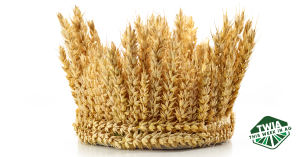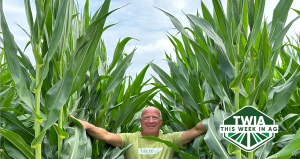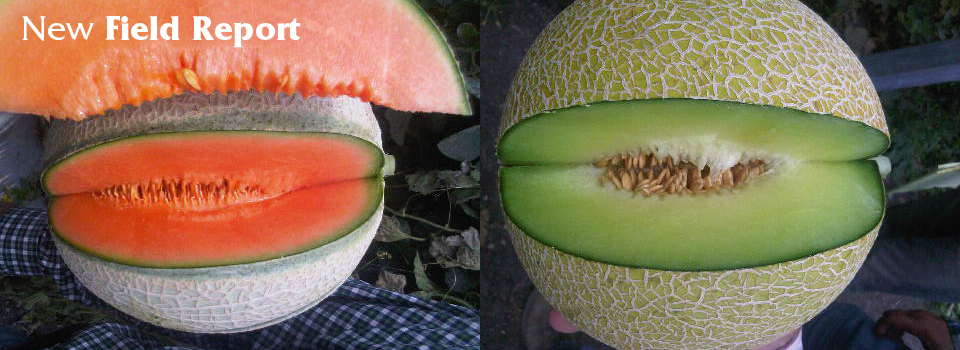This is a technique using an OMRI-listed organic product PROUD 3® as an additive for fruit and vegetable washes, which was pioneered by HUMA GRO®’s distributor in Guatemala.
The melons are cleaned initially with a mix of water and chlorine to remove any dirt from the field, then they pass through the PROUD 3® disinfectant to prevent the post-harvest diseases.
To disinfect Honeydew and Cantaloupe melons, the dosage is to add 5 milliliters of PROUD 3® for each liter of water used. Submerge the melons for a minimum of 15 seconds in the bath or spray the mixture on the melons for the same amount of time.
The PROUD 3® works to disinfect the melons and controls the incidence of bacteria and fungi.
In Guatemala some growers were losing from 25% to 70% of their production to mold and mildew diseases in transit to their markets. With the use of PROUD 3®, their transportation losses have been reduced to only 1% to 10%.
PROUD 3® can also be used to disinfect the refrigerator containers used to transport the pallets with the melon boxes. For this, use fumigation pumps or sprayers and mix a dosage of 10 milliliters of PROUD 3® for each 1 liter of water sprayed.
“We have eliminated almost all the diseases that normally develop in the post-harvest period and transport, especially the mildews and molds.”
For more field studies and research reports, please sign up here, check your email for login credentials, and login here.
Related Posts

This Week In Ag #93
Is ROI still king? Return on investment has long been the primary measure for evaluating product purchase decisions by farmers. The concept seems straightforward: a product delivers x amount more of yield or weight, you multiply the additional yield by the price you receive for your crop, then subtract the cost of the product. That’s how

When One Calf Costs Four Acres of Corn
Farm prices are on a wild ride. Beef is breaking records while corn is sinking to multi-year lows. Today, it takes roughly the value of four acres of corn to buy just one fed calf. What does this price gap mean for cattlemen, ranchers, and the future of herd expansion?

This Week in Ag #71
Farmers are not fast forgetters. They have long memories. Past weather events, cultural practices, product usage, and marketing decisions often drive future decisions. With that, I’m guilty as charged. Last season, a straight-line wind caused major greensnap to a new corn hybrid, wrecking my goals. This made me take pause and return to some of the


